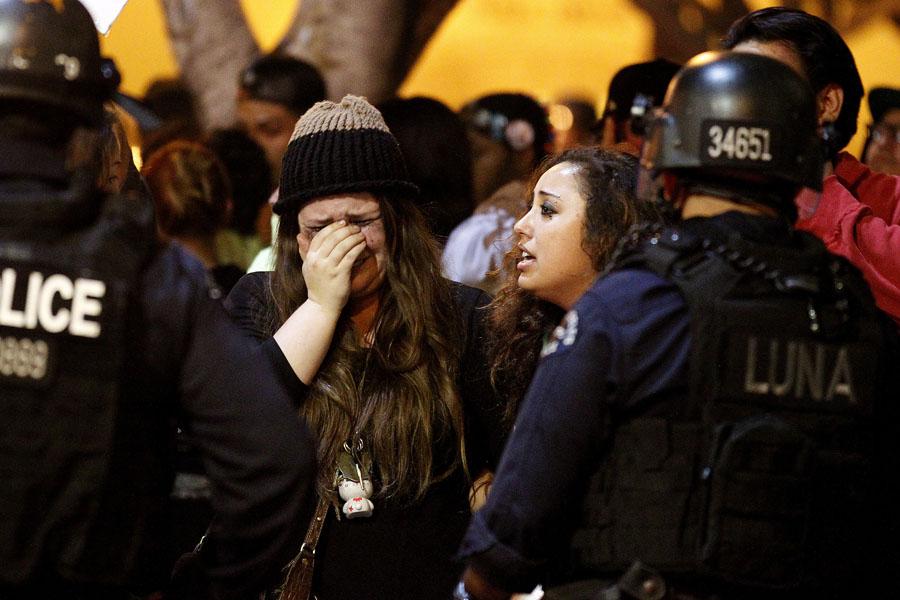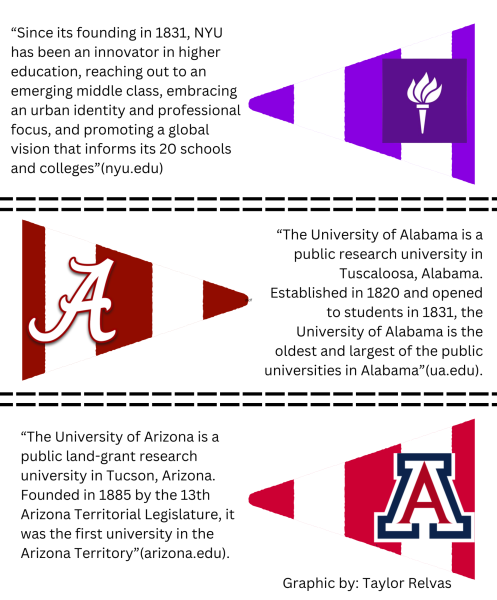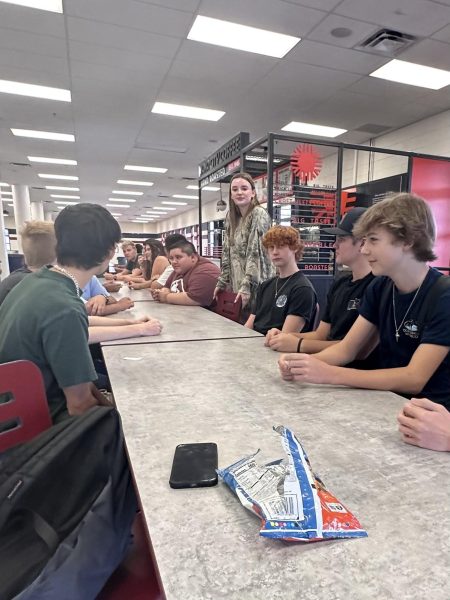Police shooting unfortunate, but not about race
After the so-called police brutalities that have plagued the headlines over the past few months, many people have blatantly jumped on the racial discrimination bandwagon.
The recent cases of unarmed African Americans being killed by white police officers has parts of the nation steering toward the idea of racial discrimination, and protests – some violent and some non-violent – have escalated throughout the country.
On the surface, protesters are validated in the fact that no one can argue the result of the Eric Garner, Michael Brown, and Rumain Brisbon cases: unarmed black men killed by white authorities.
However, look into the circumstance and many are simply emotional overreactions. This is what seems to be what drives most of what we see and hear from the streets of New York, Missouri, and now Phoenix.
Words and phrases, such as “racist,” “the white officer,” and “the black kid” are being thrown around the media in effort to depict the situations as racially motivated murders. In reality, the police officers were protecting themselves as allowed within the law.
What ensued with all three incidents led to a confrontation between police officers, who happen to be white, and young men, who happen to be black. Citizens are expected to respect and obey the law, regardless of their skin color. In these cases, the young men made decisions that resulted in consequences which were unfortunate for everyone. What led to Garner, Brown, and Brisbon’s deaths was a series of poor decisions made by those victims, and perhaps a quick trigger from police.
According to policeone.com, “A cop may use lethal force when he or she reasonably believes the action is in defense of human life, including the officer’s own life,” and in those cases, Officers Daniel Pantaleo and Darren Wilson were not indicted of any criminal wrongdoing. The Phoenix case is still under investigation, which has not led to the imprisonment of the officer.
The Grand Jury was comprised of members of both races, black and white, who deliberated on all the facts presented by the prosecutor. The facts, as presented to the Grand Jury, support the premise that reasonable force was used and that the police officer had a right to protect himself.
News companies such as USA Today, CNN, and Azcentral racially profile the members involved in these cases. In certain situations, such as a white officer killing a white man, race is not specified. When the media unnecessarily includes the race of the victims, it sparks a conflict in the community.
Society tags these incidents as racism. One definition of racism is prejudice, discrimination, or antagonism directed against someone of a different race based on the belief that one’s own race is superior. Why can’t these incidents simply be an individual who made a series of bad decisions, running up against a law enforcement officer trained to hold people who make these types of decisions, accountable for their actions? Society constantly strives for equality, but contradicts itself when issues of race blur the line of morality.

August is a senior at Perry High. She is the opinions editor for this year's Precedent newspaper; this is her second year in newspaper and she hopes...





